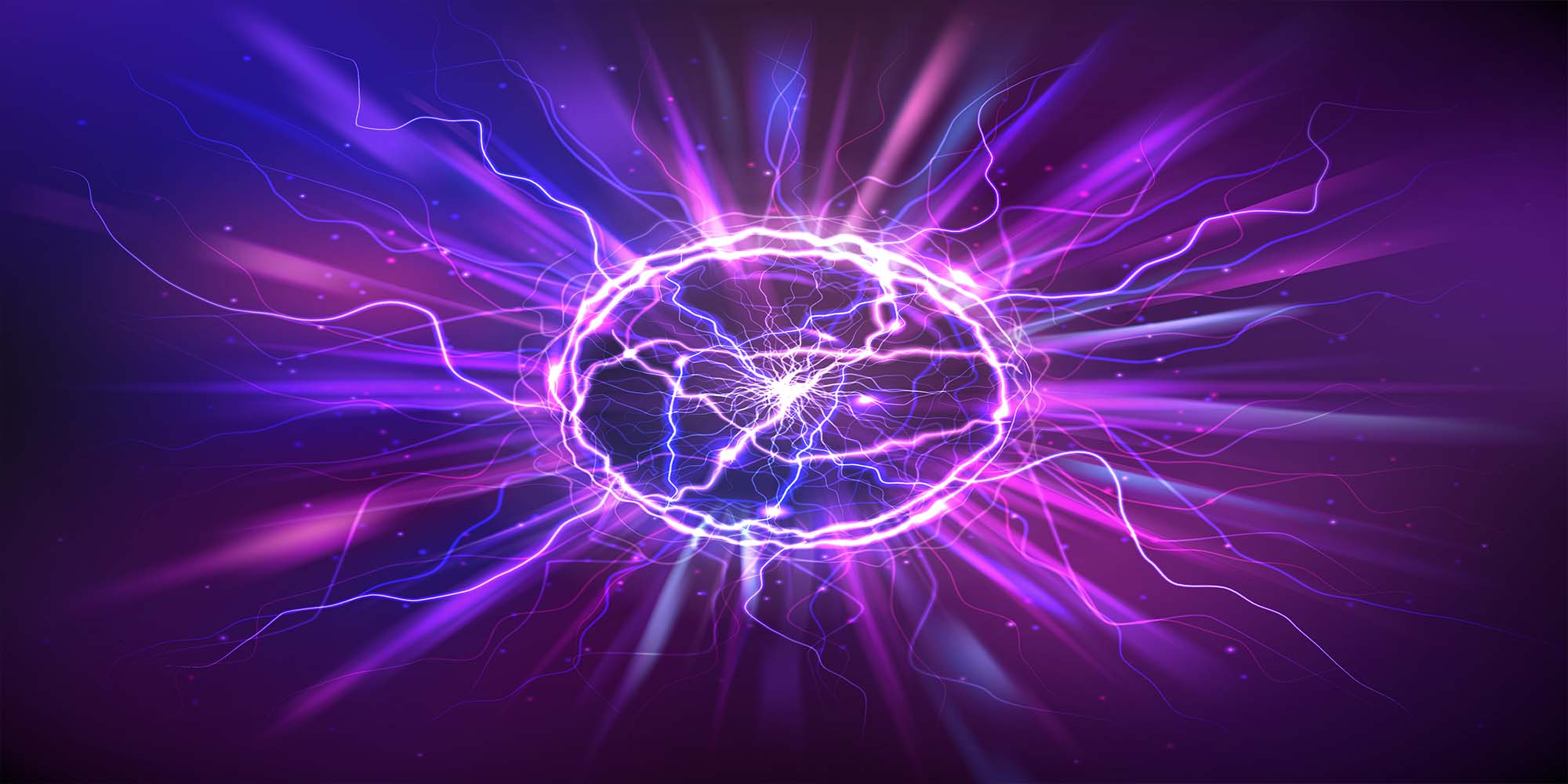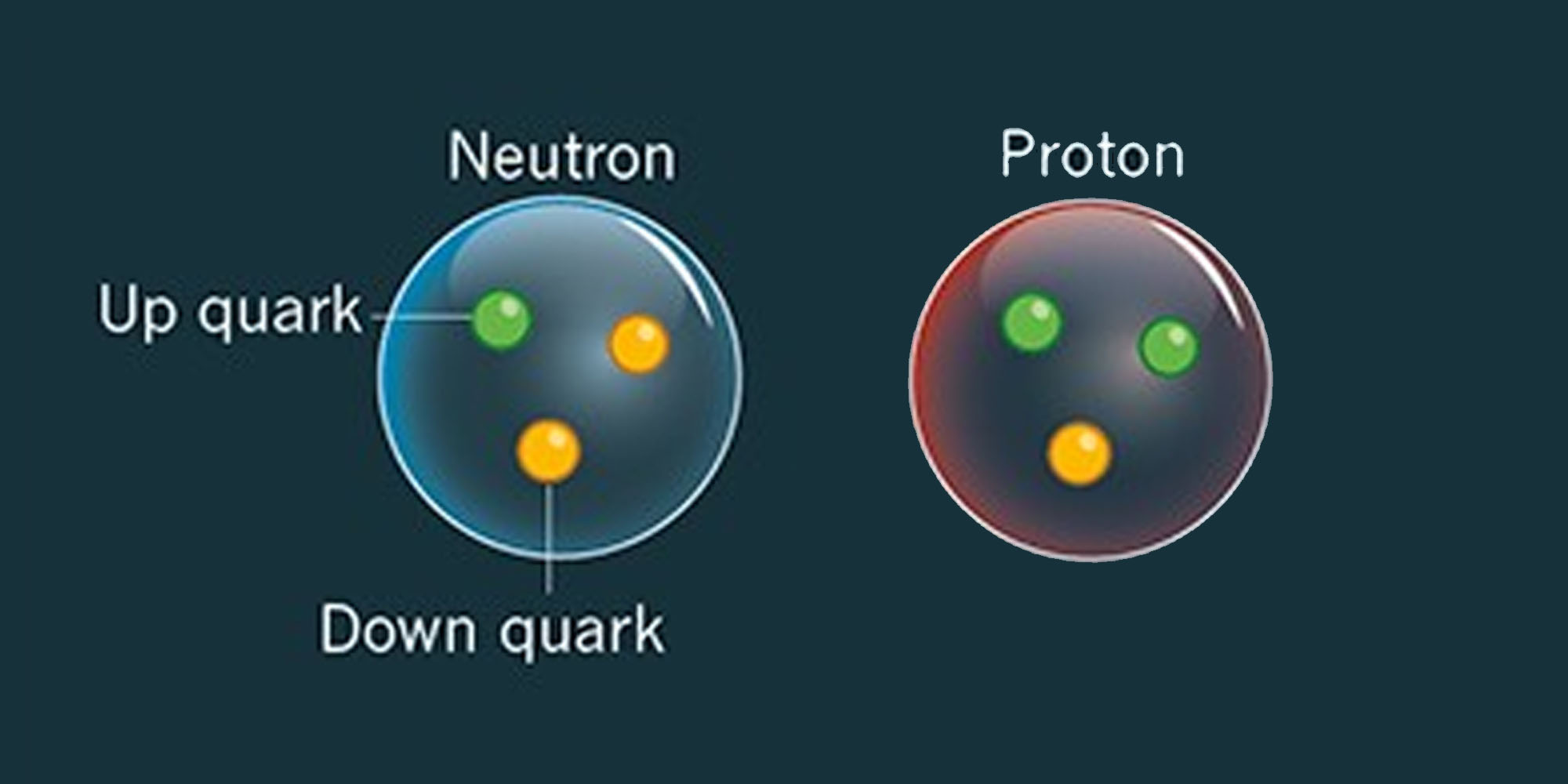What is a Quark?

So, What is a quark?
Quarks are fundamental particles that are the building blocks of protons and neutrons. They are considered point-like or zero-dimensional entities, meaning they have no size or structure that we can (currently) measure.
What are gluons? Gluons are the “glue” that “stick” quarks together to form hadrons, such as baryons.
What are baryons? Baryons, such as protons and neutrons, are heavy subatomic particles that are made up of three quarks.
What are quarks made of? Quarks are considered elementary particles.
However, there are 6 types - or flavours - of quarks that differ from one another.
What are the 6 flavours of quarks? Interesting – the six quark flavours can be grouped in three pairs: up and down, charm and strange, top and bottom.
“Charm” and “strange”? So strange!
For now, I’ll try resisting my (strong) desire to research further about the charm and strange quarks.
Which flavours of quarks are found in protons and neutrons? Only two types of quarks are necessary to build protons and neutrons, the up quarks and down quarks (called “valence” quarks).

Protons contain two up quarks and one down quark.
Neutrons contain one up quark and two down quarks.
What would I see if I observe a quark under a microscope?
Unfortunately, quarks cannot be observed in isolation. So, I would not be able to “see” a quark under any microscope or detector.
Instead, I would see the effects they produce when they interact with other particles.
Quarks are always found in combination with other quarks or antiquarks, forming hadrons.
What happens if I try to separate the quarks within protons and neutrons?
The strong nuclear force (which binds quarks together) will "snap back" and create new quark-antiquark pairs from the energy put into the system.
Can you imagine that?
If I try to separate two quarks, I have to put in more and more energy to overcome the strong force.
At some point, I’d put in so much energy that, through Einstein's equation (E=mc^2), that energy can convert into mass and produce a new quark-antiquark pair.
The new quark would pair up with the quark I was trying to isolate, and the new antiquark would pair up with the other quark.
This means that if I try to isolate a quark, I will just end up with two bound pairs of quarks.
Wait, what?
By adding more energy that energy would convert into mass? How? I think its important to explain this before I continue...